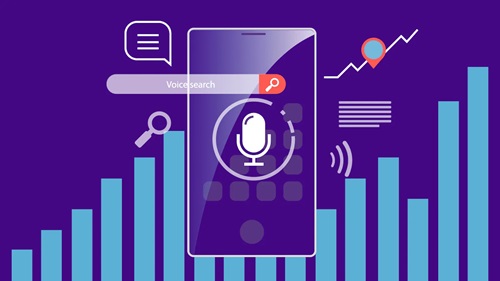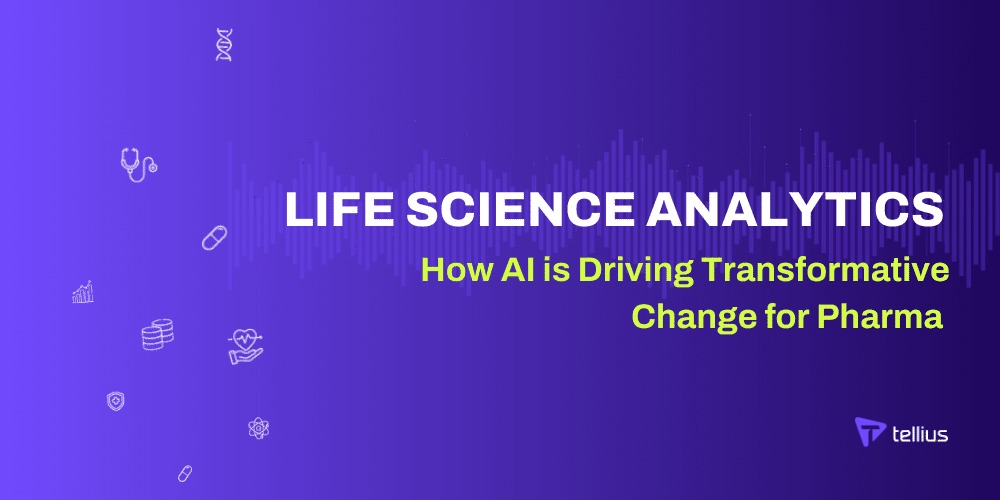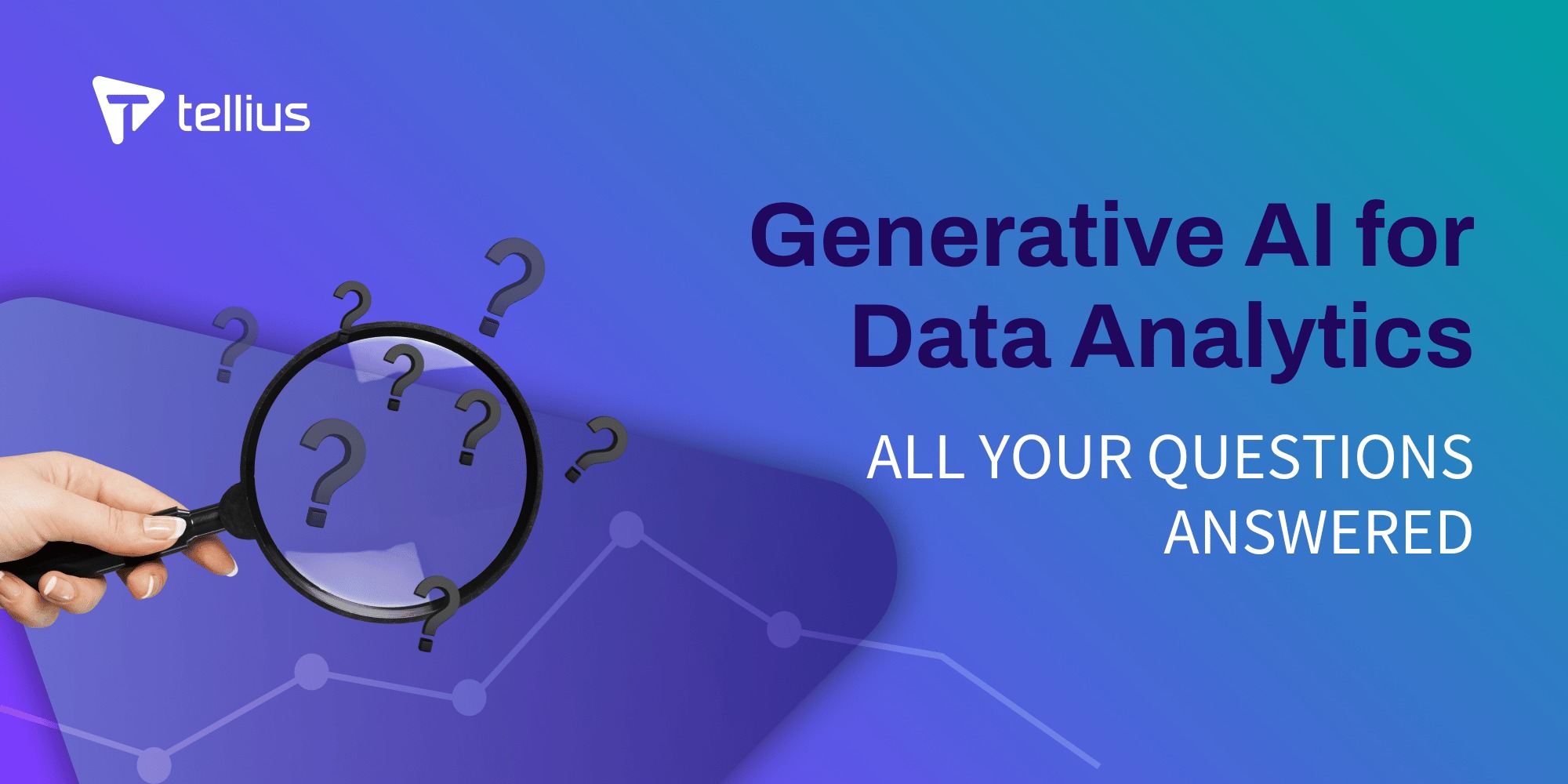 Core Web Vitals Boost – Speed Up Your Site & Your SEO!
Core Web Vitals Boost – Speed Up Your Site & Your SEO!
Self Service Analytics: Empowering Data-Driven Decisions
Written by Tellius » Updated on: June 17th, 2025

In today’s rapidly evolving business landscape, self service analytics has emerged as a transformative tool that empowers organizations to make data-driven decisions. With the ability to generate insights without relying on IT departments or data specialists, self service analytics democratizes access to data, enabling users across all levels of a company to engage with information in meaningful ways.
The Rise of Self Service Analytics
Traditionally, businesses had to depend heavily on data analysts or IT teams to extract, process, and interpret data. This process, while effective, was time-consuming and often resulted in bottlenecks. As data volumes exploded and the need for timely insights increased, companies sought ways to streamline access to data. This led to the rise of self service analytics, a solution that gives business users the ability to explore, analyze, and visualize data independently.
Self service analytics platforms are designed to be user-friendly, allowing individuals who may not have formal training in data science to access, manipulate, and interpret data. These platforms often feature intuitive drag-and-drop interfaces, pre-built templates, and easy-to-understand visualizations. The result is that anyone in the organization—whether in marketing, finance, or operations—can harness the power of data to make informed decisions.

Benefits of Self Service Analytics
Faster Decision Making
One of the key advantages of self service analytics is the speed at which decisions can be made. Traditionally, waiting for data reports or having to go through intermediaries could delay decision-making processes. With self service analytics, users can instantly access up-to-date data and create custom reports in real time. This agility is especially valuable in fast-paced industries where timely decisions can provide a competitive advantage.
Empowerment Across the Organization
By making data accessible to all employees, self service analytics fosters a culture of empowerment. Individuals no longer have to wait for a specialist to create the reports they need. This autonomy not only improves operational efficiency but also boosts employee confidence, as users feel more in control of their work and the decisions they make.
Cost Efficiency
Traditional data analysis often requires a team of data professionals, which can be costly for organizations. With self service analytics, the need for large data teams is reduced, leading to cost savings. Moreover, because employees can create their own reports and insights, businesses can avoid paying for expensive external consulting services or additional data resources.
Improved Data-Driven Insights
With self service analytics, employees are closer to the data they work with on a daily basis. This proximity to data allows for more accurate insights that are directly relevant to their specific areas of work. Rather than relying on generalized reports, users can dive deep into the data that matters most to them, uncovering patterns and trends that may have been overlooked in the past.
Reduced IT Burden
IT departments often spend a significant amount of time managing and fulfilling requests for data reports. By using self service analytics, this burden is lifted, as employees can access and analyze the data they need without constantly relying on IT. This enables IT teams to focus on more strategic initiatives, while the business as a whole becomes more agile and self-sufficient.
How Self Service Analytics Works
Self service analytics platforms are designed to be intuitive and user-friendly. They often feature drag-and-drop functionality, allowing users to easily upload datasets, filter information, and create visualizations. These platforms usually integrate with a variety of data sources—such as databases, spreadsheets, and cloud storage—ensuring that users can access all the relevant information in one place.
Once data is imported, users can create dashboards, reports, and charts to visualize the information in ways that are easy to understand. These visualizations help users spot trends, anomalies, and opportunities, turning raw data into actionable insights. With self service analytics, the process is so simple that even those without advanced technical knowledge can successfully engage with the data.
Best Practices for Implementing Self Service Analytics
Data Governance and Security
While self service analytics offers significant benefits, it also comes with the challenge of data security and governance. Organizations must ensure that data is accurate, secure, and accessible to the right people. Implementing strict data governance policies and access controls is essential to maintaining the integrity of the data being analyzed.
Training and Support
Even though self service analytics platforms are user-friendly, training is still necessary to ensure that employees can fully utilize these tools. Offering training sessions and ongoing support will help users maximize the potential of the platform. This support can also be used to educate employees on best practices for data analysis and interpretation.
Choosing the Right Platform
Selecting the right self service analytics platform is crucial for ensuring success. It’s important to choose a platform that aligns with the organization’s specific needs, whether it’s ease of use, integration with existing systems, or advanced analytics capabilities. The right platform will enable employees to efficiently perform their analyses without encountering unnecessary hurdles.
Conclusion
Self service analytics is more than just a tool—it’s a strategy that empowers individuals and organizations to make smarter, faster, and more informed decisions. By removing the reliance on IT teams and data specialists, businesses can create a more agile, data-driven environment that promotes autonomy, efficiency, and innovation. Whether used to track performance metrics, uncover insights, or predict future trends, self service analytics is revolutionizing the way companies interact with data and make decisions.
As data continues to play an increasingly central role in business, self service analytics will be critical in ensuring that organizations remain competitive, flexible, and capable of adapting to an ever-changing market. By embracing these tools, businesses can unlock the full potential of their data and empower their workforce to make better decisions that drive success.
Note: IndiBlogHub features both user-submitted and editorial content. We do not verify third-party contributions. Read our Disclaimer and Privacy Policyfor details.
Copyright © 2019-2025 IndiBlogHub.com. All rights reserved. Hosted on DigitalOcean for fast, reliable performance.
















